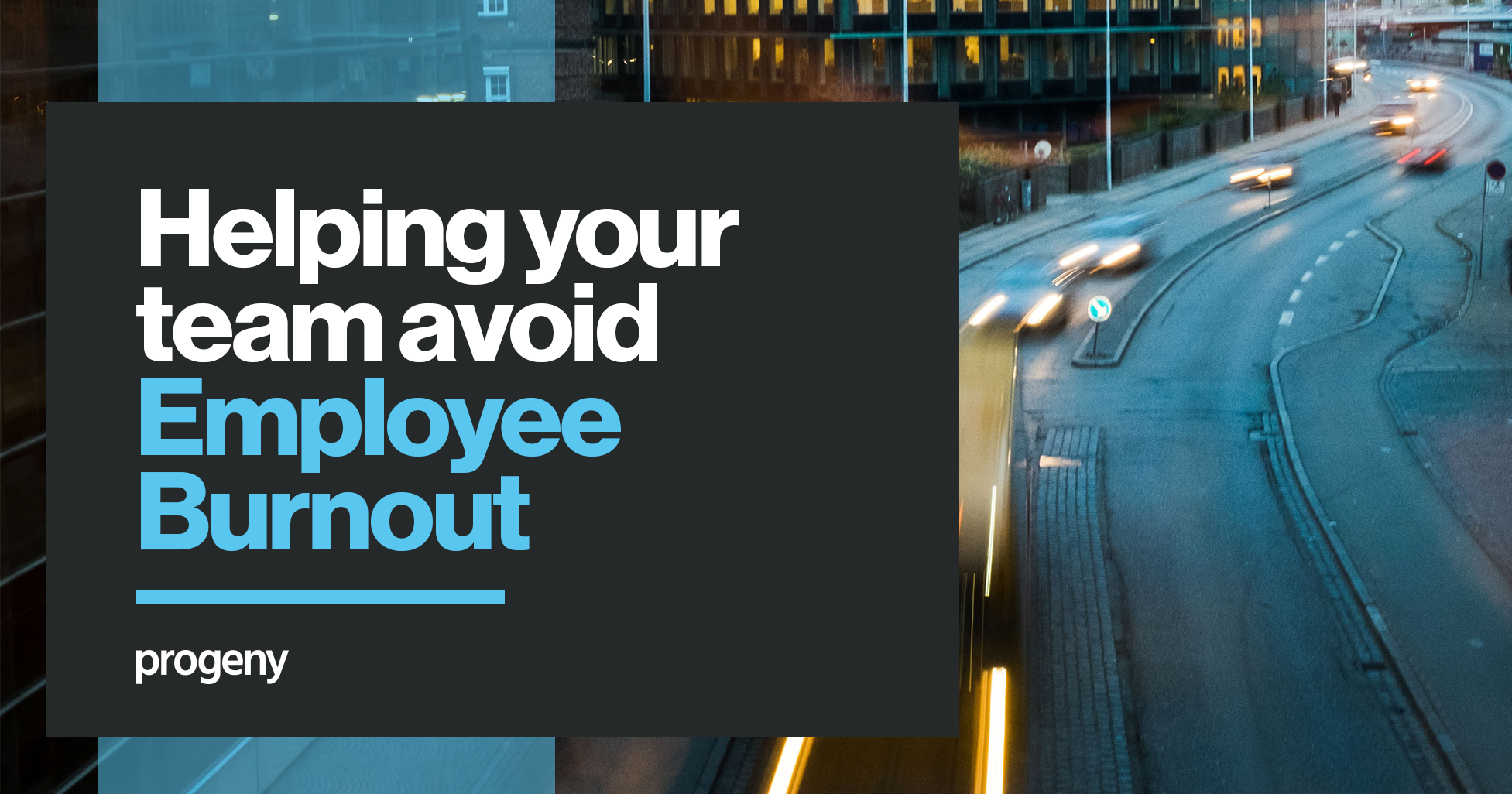
 As the festive period builds momentum, it’s not uncommon to reach this annual milestone feeling exhausted and disheartened by the prospect of ‘doing it all again’ next year. This feeling is known as ‘burnout’. Studies have shown that taking a holiday is not enough to control burnout – even when taking one or two weeks at a time, the feeling can be back to pre-holiday level within weeks. How many times have you heard people say “my holiday feels like it never happened” or “I’ve been back for a week but it seems like a month”?
As the festive period builds momentum, it’s not uncommon to reach this annual milestone feeling exhausted and disheartened by the prospect of ‘doing it all again’ next year. This feeling is known as ‘burnout’. Studies have shown that taking a holiday is not enough to control burnout – even when taking one or two weeks at a time, the feeling can be back to pre-holiday level within weeks. How many times have you heard people say “my holiday feels like it never happened” or “I’ve been back for a week but it seems like a month”?
Employee burnout is the result of a multitude of causes, stress and lack of motivation being the most prominent. The impact it can have on an organisation can be evident through poor work quality and disengagement displayed by an employee. (Read our blog on Harnessing the Power of Employee Engagement here).
Given the importance and emphasis on mental health today, simply ‘going through the motions’ once again can be detrimental to both employee and organisation. For the first time, The World Health Organisation (WHO) have officially classified workplace burnout as an occupational phenomenon. It is considered a syndrome conceptualised as resulting from chronic workplace stress that has not been managed successfully.
By identifying the early signs of employee burnout, profound improvements and measures to mitigate such conditions can be avoided, in turn protecting organisations from suffering significant setbacks.
Burnout is generally defined by three factors:
- Exhaustion – being too tired to produce quality work
- Cynicism – no longer caring about work produced
- Inefficacy – feeling that the work produced makes no difference to the business
A study completed by Gallup found that over 60% of employees reported feelings of burnout.
Potential Causes of Burnout
Lack of control: An inability for the employee to influence decisions that affect their job – such as schedule or workload – can lead to burnout. Particularly, if there is a lack of resources needed for employees to complete their work.
Unclear job expectations: If employees are unclear about the degree of authority they have, or what you expect of them, they are unlikely to feel comfortable at work.
Work/life imbalance: If work takes up so much time and effort that the employee doesn’t have any energy to spend time with friends and family, they are likely to burn out quickly.
Three Ways to Help Employees Beat Burnout
Break Times
Ensure your employees step away from their workstation and really take their scheduled breaks. A change of environment can be refreshing!
Provide Support
The more someone burns out, the more they want to avoid people, which is exactly the opposite of what needs to happen. Support your employees and maintain those social connections.
Clarify Expectations and Job Requirements
Ensure that each team member has a specific job description, understands their role and is aware of their expected contribution to the company.
Final Thoughts
If you want to better support your workforce this new year and beyond, please get in touch with one of our HR advisers. At Progeny, we work with a broad range of clients, from professional services to manufacturing, hospitality and retail, and offer a completely bespoke service. We would be delighted to have an initial call or meeting to discuss your circumstances.






